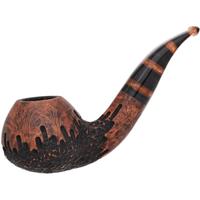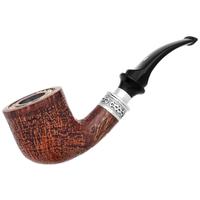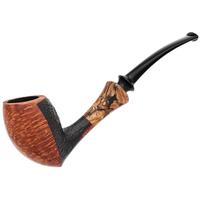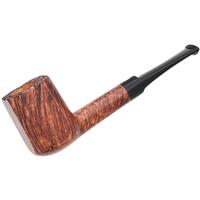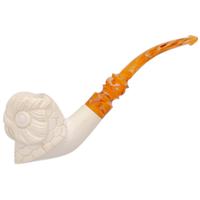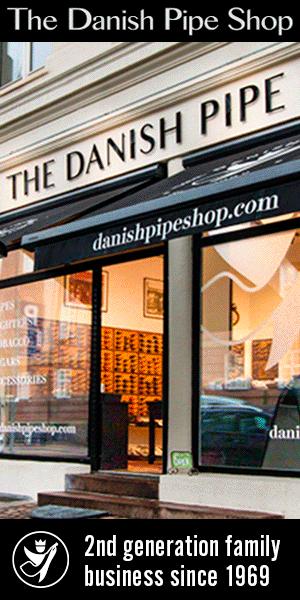Penny Baxter is a major character in the classic novel, The Yearling-- a book I love. The setting is the 1870s, in the North Florida scrub--not too far from where I live. I sometimes go hiking in The Yearling territory. ... Anyway, Penny smokes a pipe, a cob, it seems, and he grows his own tobacco. There is some description of how he starts his tobacco plants from seed, how he sets them out. But if memory serves we never see how he cures it, or any mention of what variety he's growing.
We do know he appreciated Turkish, because another character, a sailor, brings him some from overseas and he smokes pipe after pipe of it.
We know too that Penny's homegrown is pretty good. The owner of the general store wants some of it because there's nothing like it.
So I have been wondering: what was Penny smoking?
This connects to a broader question I've had for some time about homegrown tobacco in general in the Deep South back in those days. I see a lot of old tobacco barns in south Georgia. Many of them had flues, and I know flue-cured tobacco was a cash crop around these parts for a big chunk of the twentieth century. But I also hear stories about "One mule" farmers who grew a little tobacco for smoking and chewing back in the depression days and earlier. These are the ones I'm really wondering about. Would this tobacco have been flue cured too? Or would it have been air cured or dark fired even?
Do any of you know? Are there any books or other literature out there on this subject?
Thanks!
We do know he appreciated Turkish, because another character, a sailor, brings him some from overseas and he smokes pipe after pipe of it.
We know too that Penny's homegrown is pretty good. The owner of the general store wants some of it because there's nothing like it.
So I have been wondering: what was Penny smoking?
This connects to a broader question I've had for some time about homegrown tobacco in general in the Deep South back in those days. I see a lot of old tobacco barns in south Georgia. Many of them had flues, and I know flue-cured tobacco was a cash crop around these parts for a big chunk of the twentieth century. But I also hear stories about "One mule" farmers who grew a little tobacco for smoking and chewing back in the depression days and earlier. These are the ones I'm really wondering about. Would this tobacco have been flue cured too? Or would it have been air cured or dark fired even?
Do any of you know? Are there any books or other literature out there on this subject?
Thanks!



